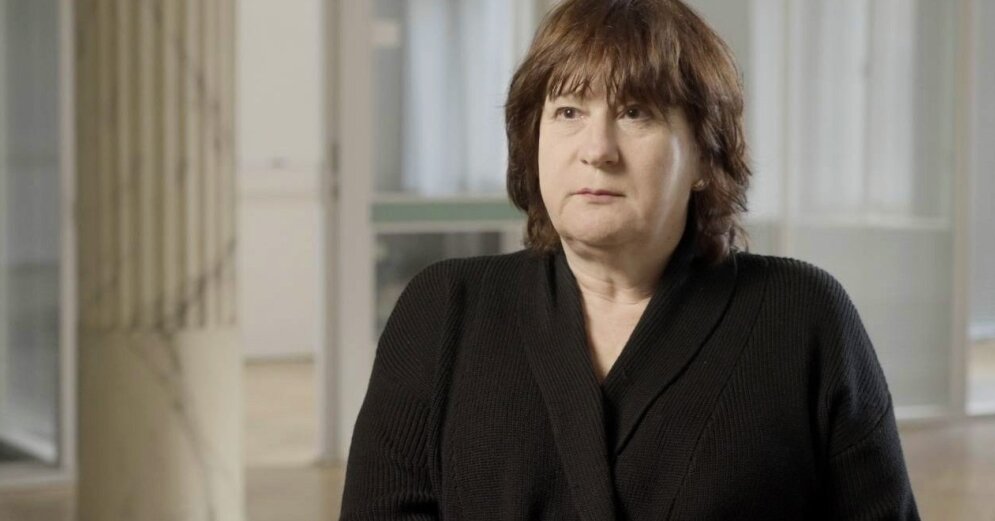After World War II, Czechoslovakia needed to get back on its feet. In addition to passenger cars, the transportation of a large number of people at the same time was also addressed: how else than with buses. However, the pre-war hooded structures were already outdated, so the new type of trambus bus came in handy. The Škoda 706 RO developed during the war in Mladá Boleslav, but produced first by Avia and then by LIAZ, was exactly such a model.
As early as the 1930s, the automobile company ASAP, which stands for Joint-Stock Company for the Automotive Industry, developed the Škoda 706 truck under the Škoda brand, which was produced in several variants and its sales were only interrupted by the Second World War. War and forced military production for Germany. But the engineers did not rest on their laurels and secretly developed a modified type of truck known as the 706 R, i.e. rebuilt, during the war. He was also nicknamed Barca.
It was this group of chassis, albeit modified, that then served as the basis for the first serial Czechoslovakian bus with a trambus concept – the Škoda 706 RO, where these two letters stand for the rebuilt omnibus. The first prototype of the new bus was made in 1946, during the war there were only drawings and documentation. It was also highly desirable, considering the Germans were not allowed to know anything about the development of the innovative type.
Production therefore began in early 1947, not in Mladá Boleslav, but in Letňany. Anyone who regularly reads articles on the history of socialist cars on Aktuálně.cz probably knows that the reorganization of the entire industry in 1946 was behind this. Among other things, this determined that only passenger cars would be produced in Boleslav, the production of trucks and buses were moved out of the others only at Avia. At the same time, he had concentrated on aircraft production until then.
As Martin Harák mentions in the book Autobusy Škoda 706 RO and RTO, in the first stage of production, several bus chassis from Mladá Boleslav went to Avia, but the local automaker no longer contributed to the production, so the chassis started to be made in Letňany . According to the engine designer, the Škoda name of the bus stuck. The first five specimens from the beginning of 1947 were in the intercity version, the bodywork for them too was made directly in Avia. The only door was a four-leaf electro-pneumatic door or a mechanical, so-called “swing” door.
The chassis of the 706 RO itself differed from its truck brother in that it was lower and longer, and of course the trambus concept was also different. The 706 R truck had a hooded body. However, the power unit was the same, it was a water-cooled six-cylinder in-line diesel with a volume of 11.8 liters and a power of 99 kW. Power was transmitted to the rear wheels by a five-speed manual gearbox, while consumption was around 29 liters of diesel per 100 kilometres. The maximum speed was 68 km/h.
The bus body, including the 10,660 mm long towing device, had a steel frame, the individual panels were made of sheet metal and the floor was made of wood. While the external appearance was not as elegant as that of the later RTO type, neither could it be characterized as distinctly unattractive. In the course of production, only the design of the front grille was practically changed, small adjustments can also be seen inside. Until 1949 the space between the driver and crew was separated by a partially glazed partition, later this practice was abandoned. In relation to the cabin, Harák also draws attention to less efficient heating in winter and, conversely, ventilation in summer.
The production of the interurban version with a typical “garden” on the roof was first born, followed by the long-distance version with a “slamming” door, the only one not to offer standing room, and from 1949 the urban version of the bus with two four and later two wings was added across the port. This was obviously used by transport companies in Czechoslovakian cities: from the largest Prague, Brno, Ostrava or Bratislava. The bodies were then produced (in addition to the intercity version in Avia) mainly also in Vysoké Mýt near Karosa, where buses on Avia chassis were also assembled.
In 1951, production moved again. This time from Avia, already refocused on the production of aircraft and trucks, to the plants in Rýnovice and Munich Hradiště. These were sub-plants of the Mladá Boleslav AZNP (Automobile Plants, National Enterprise), merged in 1953 into the newly established Liberec Automobile Plants, i.e. LIAZ. The first pieces of intercity buses left the new factories in 1952, the chassis continued to go to Karosa.
LIAZ produced the 706 RO buses until 1958, when they were replaced by another evolution known as the 706 RTO. A real revolution in the field of construction was brought only later by the self-supporting Karosa Š 11. Interesting were the RTO-P buses, which were created in Holýšov, otherwise a place for general RO and RTO repairs. These were models with an RO frame, but an RTO body, which the older type received as part of the major overhaul. It is not known how many of these “hybrids” were created, but in total more than 13,000 706 ROs were produced, writes Martin Harák in another of his publications, Buses and Trolleybuses of the Eastern Bloc.
Worth noting is the special version on the 706 RO chassis. This led to the popular mobile shop and transfer vans, as well as various medical buses such as versions with X-ray station, blood transfusion station or dental clinic, there were also versions for post offices, libraries, movers or garbage collectors (the ROK version on a shortened frame). Sodomka, later nationalized Karosa, supplied specially designed trailers for the 706 RO in different versions. Licensed RO 706 chassis buses were built by Bulgarian Čavdar, Harák also writes about RO chassis buses from Albania.
The Škoda 706 RO buses themselves were exported beyond the borders of Czechoslovakia, not only to the Eastern Bloc countries. The most famous is probably the delivery of several hundred units to Istanbul, which had a vertical rear due to the higher capacity, thus also a flat roof. For Cairo, Egypt, buses with separate first and second class were made. And it was possible to meet the Czechoslovakian model also in China or North Korea, among the most exotic destinations, even at the time, politically “suitable”.
The unbuilt prototypes of the 706 RO deserve a final mention. For example, it is a luxury long-distance coach called Pullman from 1947 with Sodomka bodywork and leather or WC seats. Already at the turn of the 1940s and 1950s, Avia’s designers were working on buses with a self-supporting body and engine under the floor: in total, four different prototypes with different shapes were built, but they did not go into production.
In Bratislava, for a change, they produced a prototype of the abbreviated model RO-H, i.e. a specific conference bus called Bratislava. In both cases, however, he remained with a unique piece. Karosa’s 1955 prototype 706 RO-ROH then helped convince politicians that bus production should remain in Czechoslovakia (it was essentially created “in protest” against the planned cancellation of bus production as part of the division of production in Czechoslovakia). RVHP countries), and also served as inspiration for the later type of RTO.


